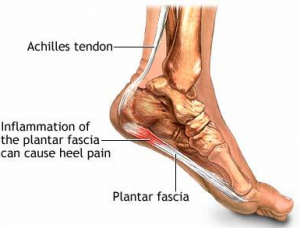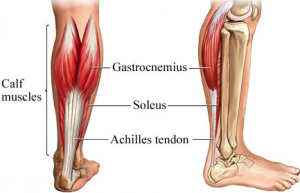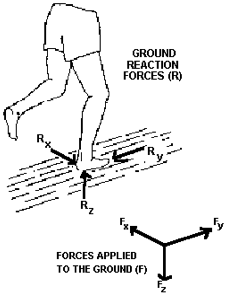Common Running Injuries
…injuries happen because of doing too much, too often, too quickly.
I’ve been pretty fortunate as a runner. I’ve never come across knee problems, shin splints, black toe nails, or calf pain. I don’t even stretch that much, and I always seem to get away with it. Last year, I had my first running injury after carelessly doubling my mileage over a two-week period: muscle strain – very unhappy muscle sheathe on my anterior ankles. It took me off running for a month and, when I resumed, I had to slow down and scale back. There’s nothing worse than being a runner and not being able to run. Be mindful of these more common types of running injuries and you should be just fine.
Common Running Injuries
Shin splints (medial tibial stress syndrome) – shin splits refer to the sharp pain or tenderness you might feel along the front of your lower leg due to the overuse of your anterior tibialis muscle. There’s no definitive answer to the cause of shin splints, but some medical professionals suggest that it’s the result of “repetitive stress imposed by impact forces” which fatigue the calf muscle and, in turn, causes tibial bending. In layman terms, they’re small tears on the front lower leg muscle caused by performing the same movement excessively. It’s like when you run too much, too often, too quickly. Note that an older study published in The Journal of Orthopaedic and Sports Physical Therapy also suggests that shin splints can be attributed to overpronation (or poor biomechanics).
- Prevention: remember that moderation is important when increasing your training volume. Be careful not to overstride and make sure to occasionally vary your running surface – dirt paths vs. concrete sidewalks.
Runner’s Knee (patellofemoral pain syndrome) – the cartilage under your kneecap is a natural shock absorber, but depending on how much stress is applied to your knee joints, it deteriorates over time. If you ask fellow runner’s about it, they’ll tell you that Runner’s Knee can develop because of too much hill training (especially downhill runs) and running on cambered roads. If you have a history of dislocating a knee joint, you’re likely to be more prone to this type of injury.
- Prevention: be careful doing too much downhill runs – it puts a lot of force on the knees and should be kept minimal during training. Strengthen your quads and hip abductors for more stability. Promote flexibility through stretches (or cross-train with some yoga or pilates!)
 Plantar Fasciitis – plantar fascia is the thick tissue that connects the heel bone to your toes and creates the arch of your foot. The most common cause of plantar fasciitis are tight achilles tendons or calf muscles, which exacerbates pronation of the foot. This, in turn, overstretches the plantar fascia and leads to inflammation. Many barefoot runners experience plantar fasciitis because the repetitive motion of forefoot striking aggravates the calf muscles, causing overpronation, and puts stress on the plantar fascia. Note that Achilles Tendinitis (inflammation of the achilles tendon) can also develop in conjunction with aggravated calf muscles.
Plantar Fasciitis – plantar fascia is the thick tissue that connects the heel bone to your toes and creates the arch of your foot. The most common cause of plantar fasciitis are tight achilles tendons or calf muscles, which exacerbates pronation of the foot. This, in turn, overstretches the plantar fascia and leads to inflammation. Many barefoot runners experience plantar fasciitis because the repetitive motion of forefoot striking aggravates the calf muscles, causing overpronation, and puts stress on the plantar fascia. Note that Achilles Tendinitis (inflammation of the achilles tendon) can also develop in conjunction with aggravated calf muscles.
- Prevention: exercises that promote flexibility of the achilles tendon and calf muscles can help prevent plantar fasciitis. However, runners with a naturally high arch or a flat foot are also good candidates for this kind of injury and may want shoes with more support (although, this really depends on the person). I’m an overpronator and I don’t wear any special shoes, but plantar fasciitis has never been a problem for me – granted, I’m fairly active and exercise pretty consistently.
Muscle strains are also pretty common, but it’s usually less severe for runners. I’ve aggravated muscle sheaths from sprinting and long distance running, but I’ve never had anything close to a Grade 2 or Grade 3 strain.
Quick anecdote: a friend of mine served as a physiotherapist in one of the medical tents for the NYC Marathon and said that he had one runner come in who probably tore a muscle and refused to stop running the race – he just really wanted to finish despite the pain. I can’t even imagine.
Remember: injuries happen because of doing too much, too often, too quickly. Being inconsistent with your training is probably not the best idea either. Always balance the hard runs with easy runs or active recovery. Rest is very important. Don’t power through unbearable pain – it probably hurts for a reason. And don’t forget the importance of rest, ice, compression, and elevation – or R.I.C.E.
Take it easy and have a good run!



